Nursing is a very special type of job that takes a very special type of person.
Florence Nightingale said of this time-honored profession: "Nursing is an art: and if it is to be made an art, it requires an exclusive devotion as hard a preparation, as any painter’s or sculptor’s work; for what is the having to do with dead canvas or dead marble, compared with having to do with the living body, the temple of God’s spirit? It is one of the Fine Arts: I had almost said, the finest of Fine Arts."
In the early days of nursing, it was one of the few professions a woman was allowed to pursue. Since then, many aspects of nursing have changed — like these rules for nurses — the most visible of which is the uniform itself.
Scroll through the images below to see just how different today's colorful scrubs are from the huge dresses, aprons, and caps nurses used to wear!
What do you think of this incredible nurse uniform evolution? Let us know in the comments!
1800s
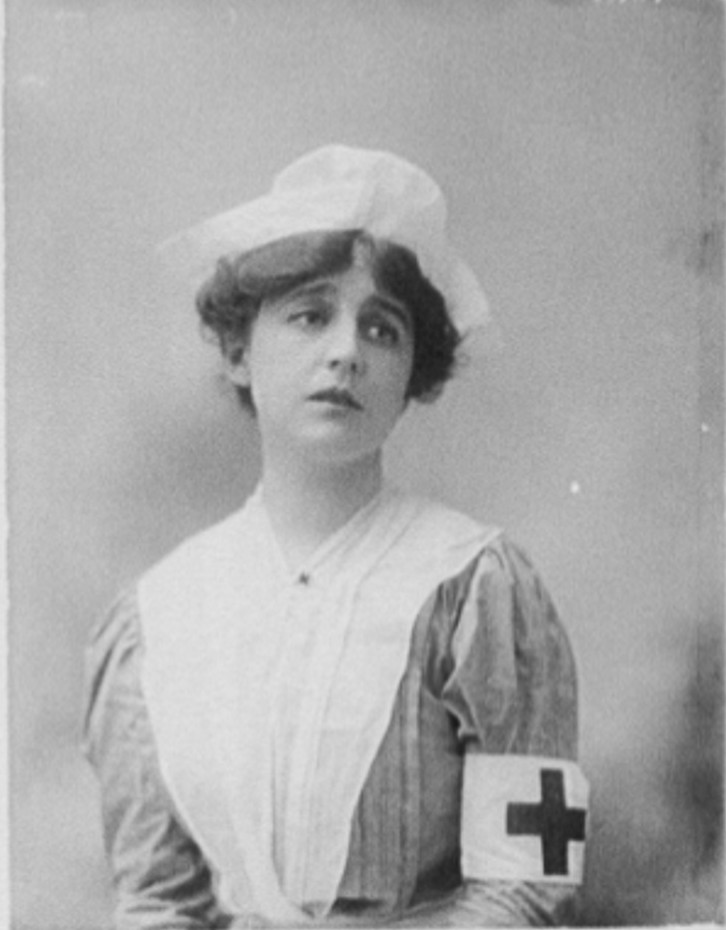
In the 19th century, nursing was still considered a "street profession" and most nurses wore servants’ uniforms, which consisted of a full black or printed gown with a cap and an apron.
By the 1900s, pioneers like Florence Nightingale were showing the world how important educated nurses are to health and length of life, especially for soldiers.
Trained nurses began to wear lighter-colored gowns with white aprons and caps to indicate that they were nurses.
1900s
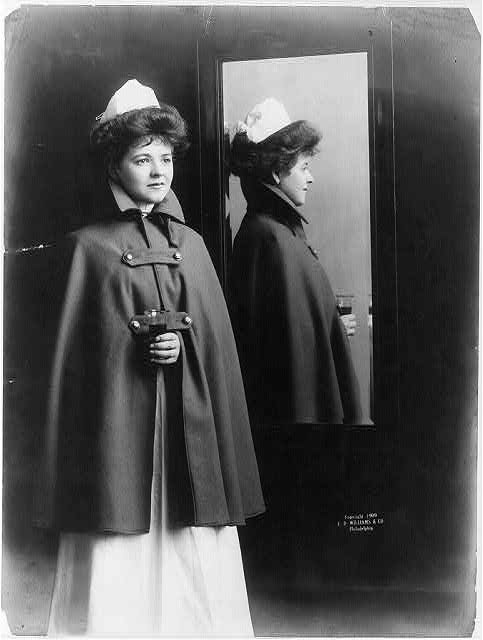
Thanks to Nightingale's influence, nursing quickly became a more respectable job, with schooling systems and uniforms for nurses.
Nurses started wearing hats with colored bands and capes to distinguish themselves and display their nursing rank. The dresses were still long and fitted quite tightly to the waist.
1910s

In the early 1900s, many styles featured a button-down top with pointy collars. A white bib covered the nurse’s torso down to the waist, where the bib’s folds were gathered and let down as a giant, floor-length apron.
World War I brought about great changes in the nursing uniform, however. Nurses had to be fast and able to provide quick care, so pockets were added and sleeves were made to be rolled up for easier movement.
1920s
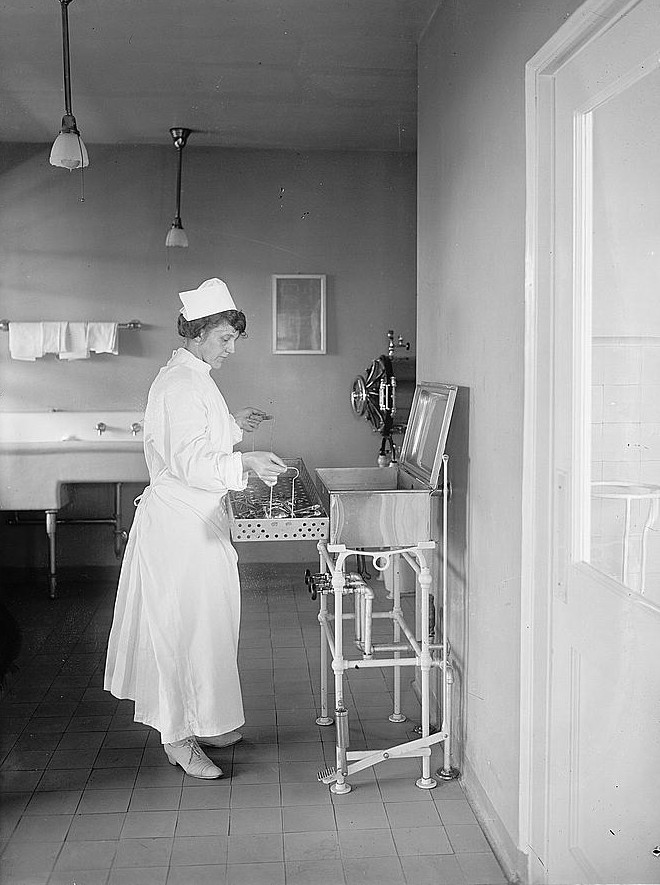
After the war, no nurse wanted to go back to the bulky dresses, head coverings, and full aprons of the previous decade.
A simple white frock that fell only to the ankles soon replaced the heavy costume of the past, and formed the basis of the nurse uniform that we know and recognize today.
1930s
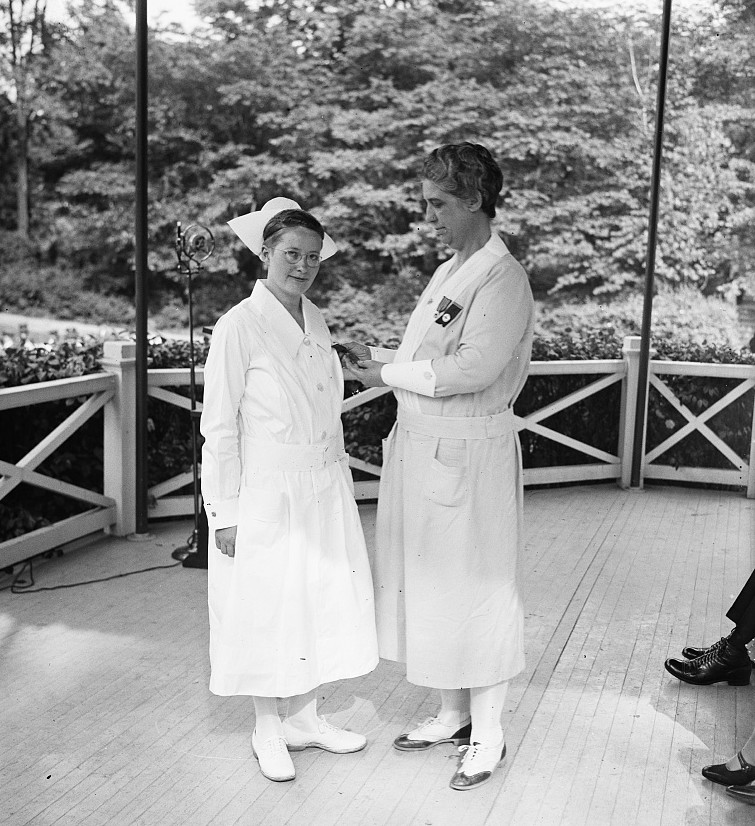
The collared white dress and cap remained the standard for nurses through the 1930s and '40s.
1940s

The aprons were much simpler by the mid-1940s, however. Many consisted of a pinned bib with a long portion to protect the front of the dress.
Laundering an apron that had been contaminated was much easier than replacing an entire dress. Nurses had to be very careful not to spread disease via their clothing.
1950s
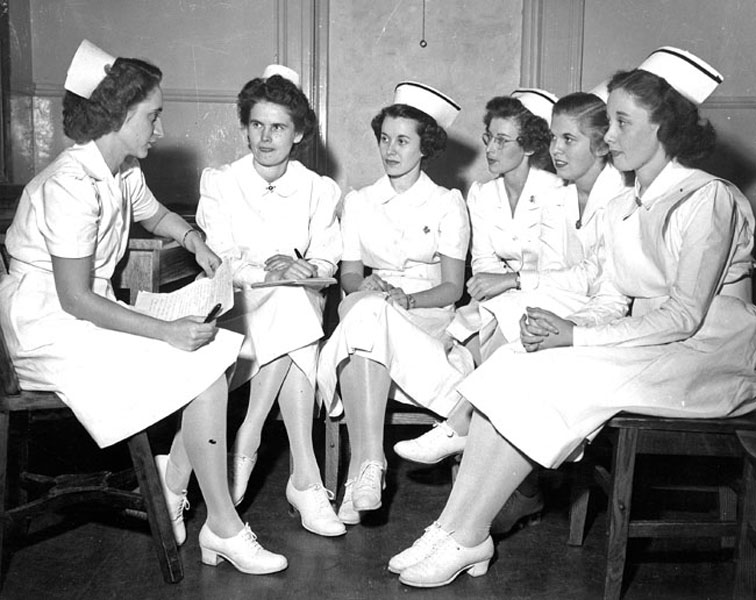
By the 1950s, simple folded hats — sometimes made of paper — replaced the large, elaborate crowns worn by nurses during the First World War.
Skirts and sleeves became even shorter, keeping with the style of the times.
1960s
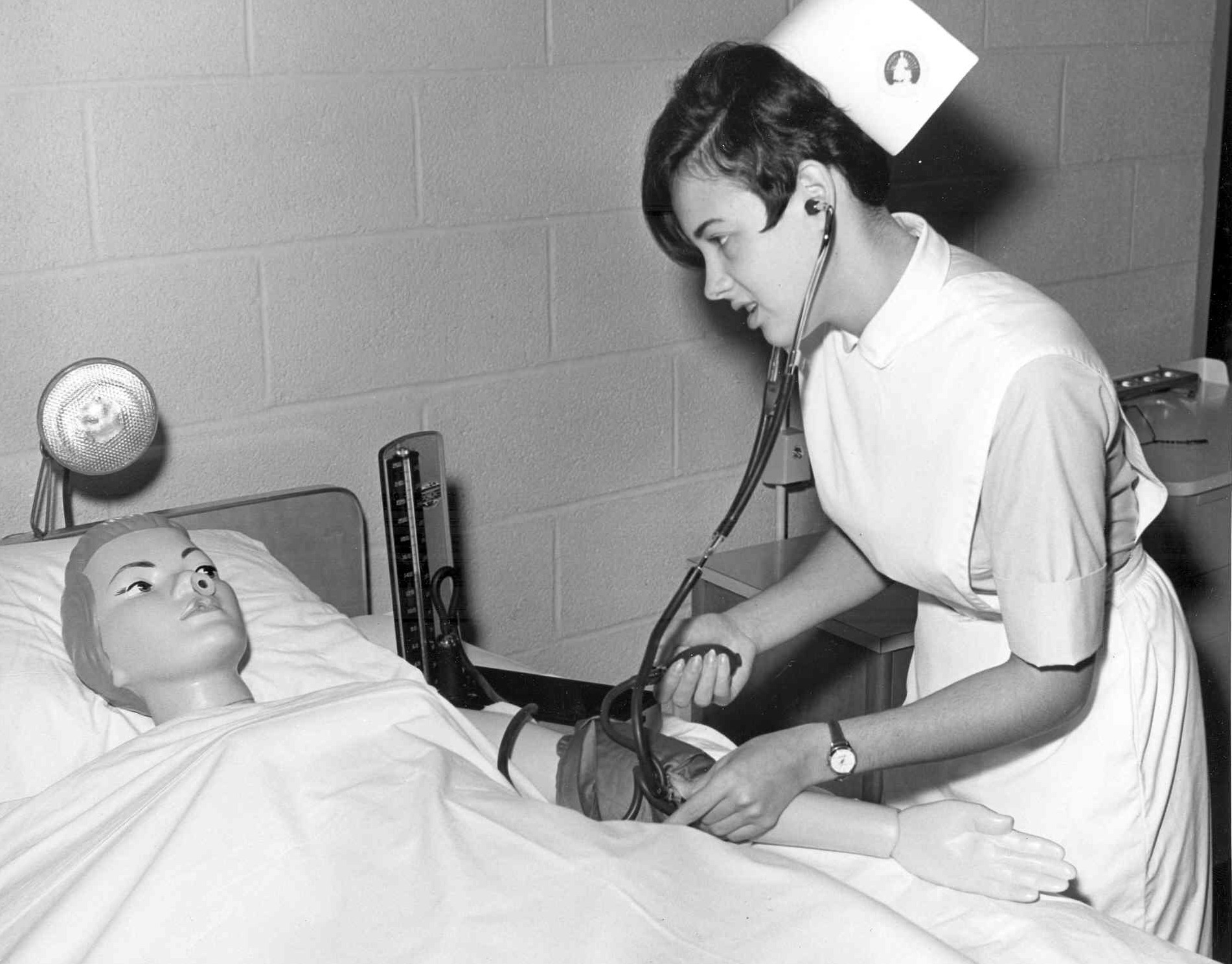
By the 1960s, most people did their laundry with a washing machine and dryer, which meant nursing uniforms had to become even simpler for easy cleaning.
Dresses became less form-fitting and were easy to wash, iron and wear.
1970s
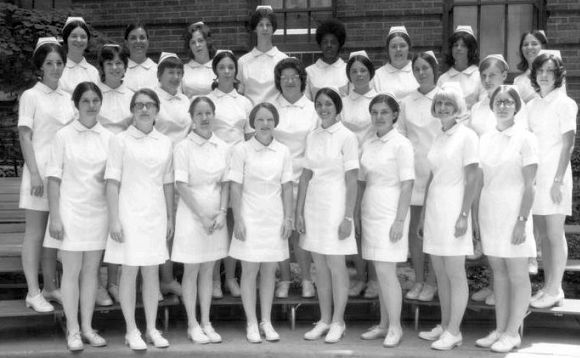
By the 1970s, the nursing cap had all but disappeared from daily use on the job.
Nursing uniforms started to resemble regular clothing, with some nurses swapping crisp, white pants suits for the traditional dress uniform.
1980s

Open-neck shirts and pants surfaced and became even more popular during the 1980s, as more men entered the nursing profession.
Finally, nurses could stop putting on pantyhose and throw on a pair of comfortable shoes!
1990s
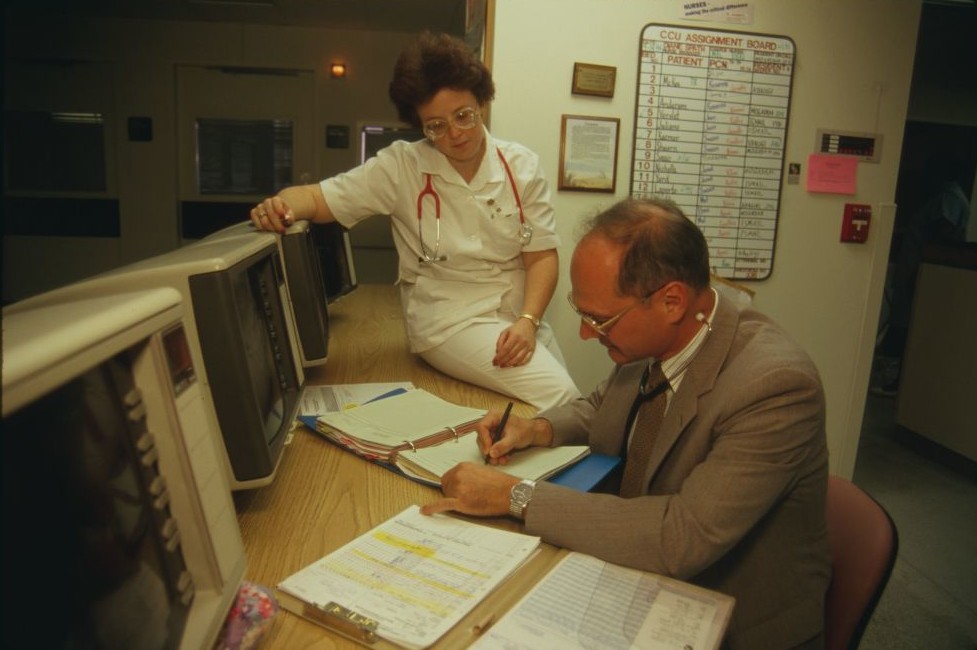
In the 1990s, operating room nurses shifted from white uniforms to scrubs, which were easier to clean and sterilize.
Soon, this cheap and practical outfit spread to nurses in other departments of the hospital.
Today

Since the 1990s, the traditional nurse uniform has been replaced with scrubs in most hospitals and healthcare facilities in the U.S. and Europe.
Scrubs now come in many different colors, shapes, fabrics, and prints, with many nurses allowed to choose which one they want to wear on any given day.
Today, the name tag is the only way you can tell a difference between a nurse, a surgeon, and a doctor.
Do you have any special nurses in your life? Let us know in the comments.
Please SHARE if you think nursing is one of the most important jobs in our healthcare system!
Thumbnail Source: Library of Congress




